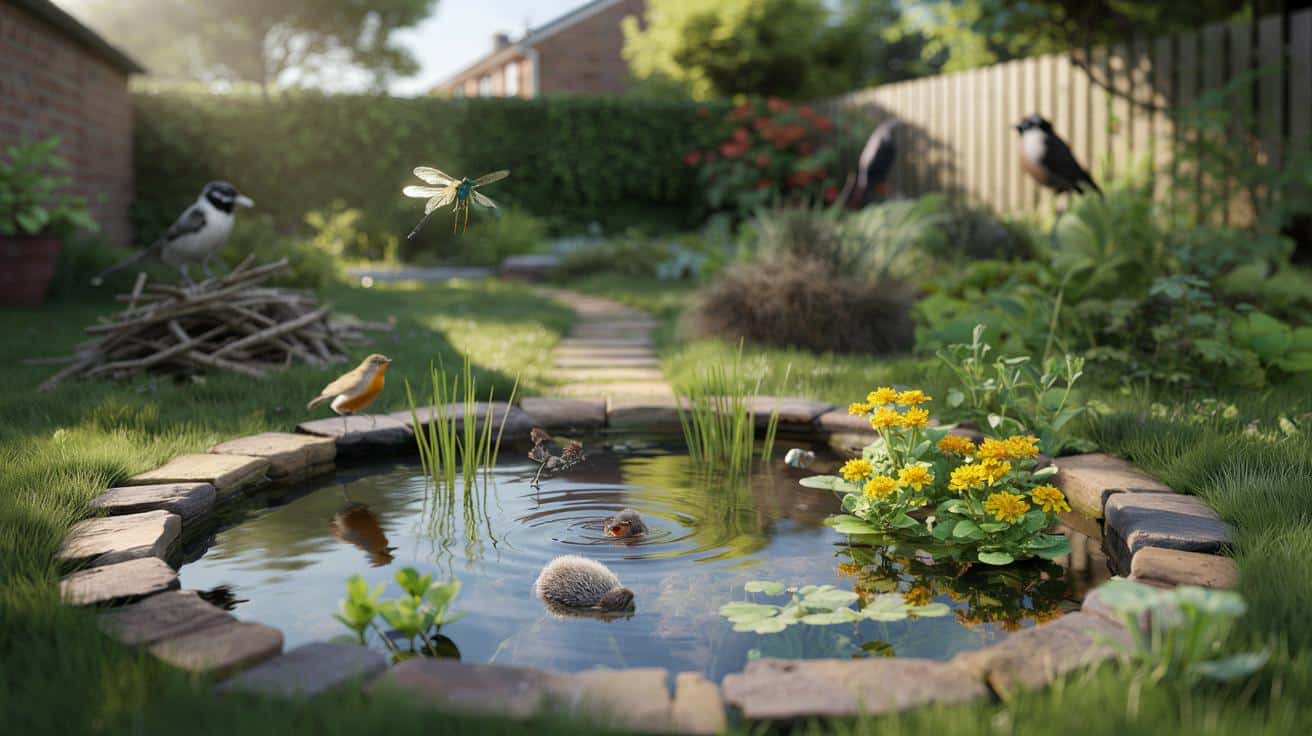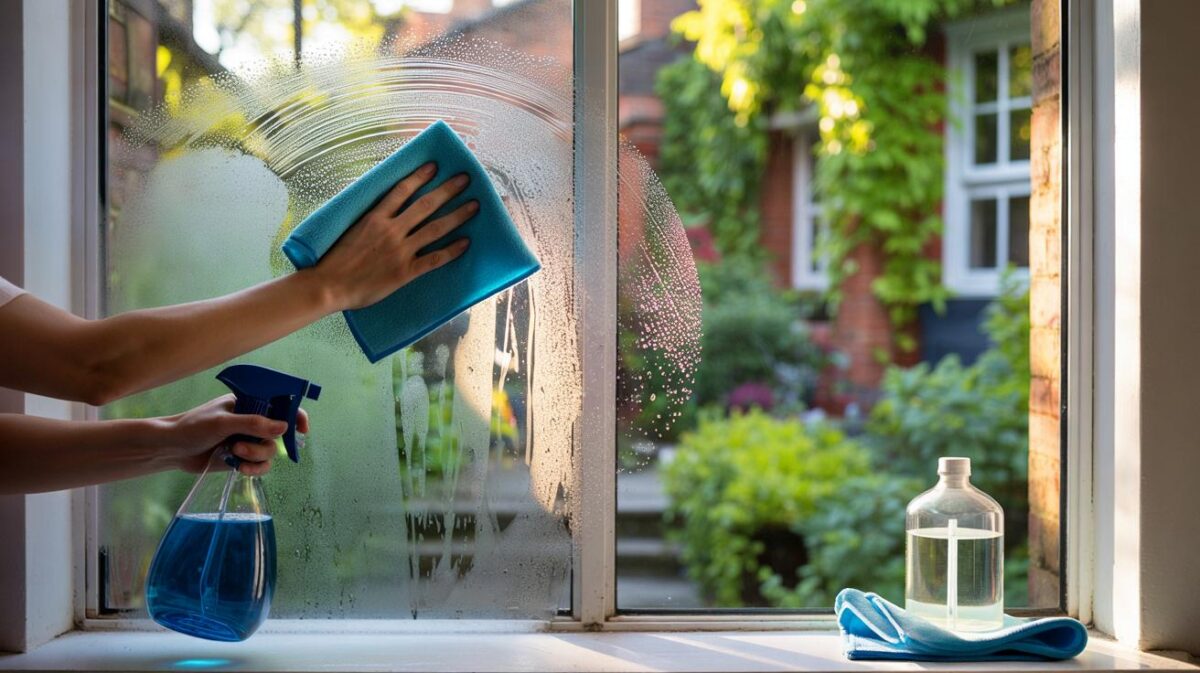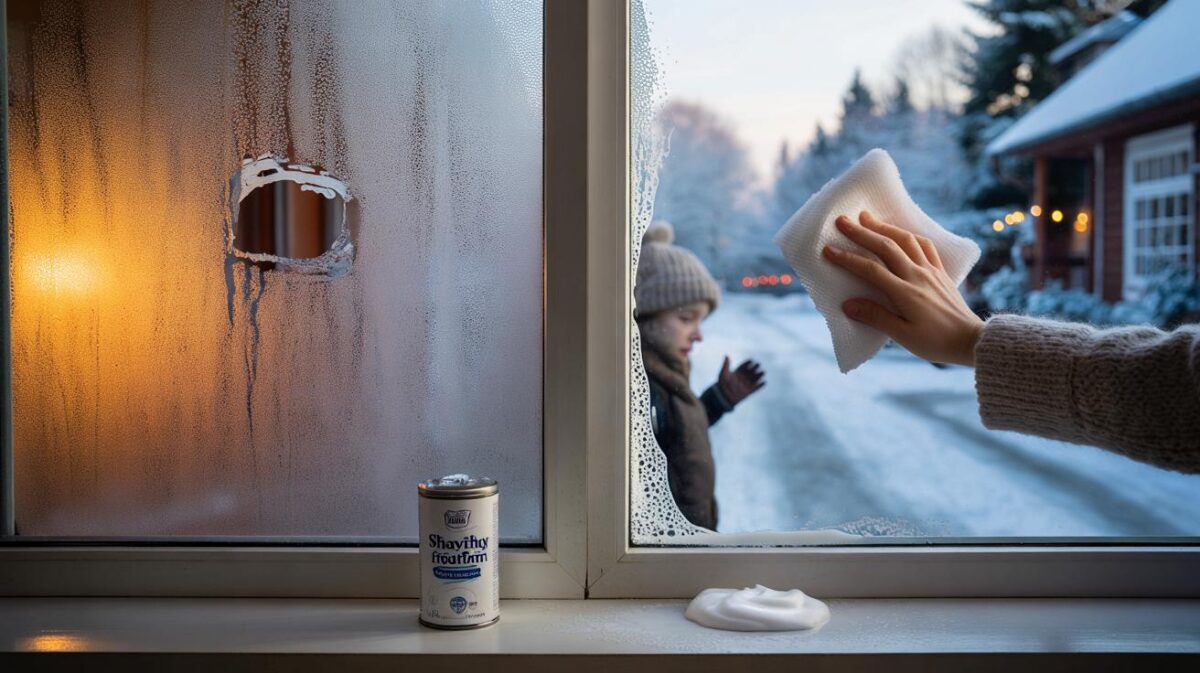Birdsong is thinning on many streets, and gardens can feel strangely quiet. The fastest way to bring back drama, colour and movement might be the smallest thing you’ll build all year.
A robin scolds from the fence. Somewhere, a neighbour’s hose ticks against the wall like a clock you can’t see.
I pour tea and watch two blue tits take turns on the washing line. Then a scatter of wings: a blackbird drops in, curious, head cocked, eye bright, hunting for somewhere safe to drink. The lawn offers nothing but glare. The borders look lovely, yet oddly mute.
Across the hedge, a shallow dish left from last summer’s seedlings is brimming with rain, and a damselfly hangs above it like a lit match. It looks accidental. It isn’t. It starts with water.
The weekend that changes your garden’s story
A tiny wildlife pond is the most transformative thing you can add in two days. Not a grand koi pool with bricks and pumps, just a shallow saucer of water with a gentle slope and a few native plants. Life will find it faster than you think.
By Monday you might see the first hoverflies skating the surface and a robin bathing like a toddler at the beach. Give it a fortnight and you’ll spot pond-skaters, water boatmen and the electric flash of a dragonfly patrol. Birds remember good water; hedgehogs do too.
Surveys from UK charities and garden science groups keep repeating the same message: water is the magnet. Even a washing-up bowl sunk to ground level can host a surprising cast of invertebrates, which then draw in predators, which then draw in song. That ripple effect is real.
How to build a wildlife pond in a single weekend
Pick a spot that catches morning sun and dappled afternoon shade, away from the heaviest leaf fall. Mark a soft, lozenge shape with string, then dig a shallow “saucer” with shelves: deepest point about a spade and a bit, with wide, gently sloped edges.
Line the hole with old carpet or cardboard as underlay, then add a pond liner, tucking it into creases like a loose bedsheet. Weigh edges with stones and build a low “beach” so anything that falls in can walk out. Fill with rainwater, top with a handful of clean gravel, and tuck native oxygenators in small baskets. **One weekend, one pond.**
You can also go container-style: a trug, half-barrel or old Belfast sink. Drill an overflow near the rim, add a brick ramp inside, and plant the same native mix. No pump, no filter, no fuss. **Small water, big impact.**
Keep it thriving with five‑minute touches
Skip fish, fountain heads and neon gravel. Fish gobble eggs and fry, and fountains stir things too much for emerging insects. Let clear tap water sit in a bucket overnight before topping up, or use a water butt. Let the pond find its own balance.
Plant lightly at first. Aim for a third of the surface covered by leaves in summer, not a green lid. Choose British natives like water mint, marsh marigold and starwort. Trim and thin in late winter, never high summer, and compost the cuttings nearby so any hitchhikers can crawl back. Let’s be honest: nobody really does this every day.
“If you want butterflies, birds and bats, you start by feeding the smallest lives you can’t see,” says Ellie, a Yorkshire ecologist who has built four micro‑ponds in two terraces.
For an easy weekend kit list and plant pick mix, try:
- Pond liner offcut + old carpet underlay
- Flat stones for a beach and basking
- Two oxygenators, one marginals tray, one floaters pot
- Water mint, marsh marigold, lesser spearwort
- Rainwater from a butt or clean tap water rested overnight
What happens next (and why it feels magic)
We’ve all had that moment when a butterfly lands and the garden goes pin‑drop quiet. A pond delivers that moment on repeat. The water becomes a stage: swifts strafing at dusk, blackbirds bathing at breakfast, frogs threading the iris shadows like green commas.
Here’s the logic. Water concentrates life because edges stack habitats: wet, damp, dry, shade, sun. Each rim and shelf becomes a micro‑neighbourhood, nursery and canteen all in one. Insects lay eggs, larvae hatch, predators cruise, birds drink, hedgehogs sip.
Algae will bloom then fade as plants root in and shade the surface. That early green is a sign of a system waking up, not failing. Scoop stringy clumps with a stick and leave them on the edge for a day so tiny creatures wriggle home. **No pump. No fish.** Your maintenance toolkit is patience.
Think of seasons rather than days. Spring brings frogspawn like jelly bracelets if you’re lucky. Summer is for swallows, damselflies and the hum of hoverflies. Autumn leaf‑fall feeds the shallows; winter ice draws birds to the beach where moving water still touches air.
If you share the space with children, add a low fence or willow hurdle and a clear rule: watch, don’t wade. A simple mesh over part of the pond keeps toys out and newts in. Keep the access ramp sturdy and obvious.
Leave the messy corners around your water. A log, a heap of twigs, a patch of long grass. That scruffy margin is where amphibians hide by day and hedgehogs snuffle after rain. *A saucer of water can rewrite a garden’s story.*
This is the quiet revolution of a small pond: it changes how you look at a Tuesday. You start to notice the weather the way birds do, scanning clouds for rain and shade for shimmer. You listen for the soft sip of a goldfinch, then text a friend to say, “You need to try this.”
You relearn patience in thimblefuls. You see that a garden is not a picture but a pulse, and your job is to keep the rhythm playable. The pond does heavy lifting, you do the light touches. You build it once, then spend the rest of the year collecting tiny wows.
Neighbours will ask what you changed. You’ll point to a shallow oval no bigger than a coffee table and grin. The answer is wonderfully ordinary: you gave your garden a drink, and everything came for a sip.
| Point clé | Détail | Intérêt pour le lecteur |
|---|---|---|
| Build a saucer, not a pit | Wide, shallow edges with a gentle beach and a deeper middle | Helps wildlife climb out and makes the pond look natural |
| Plant native and sparingly | One or two oxygenators, a few marginals, space for light | Easier care, better habitat, fewer algae headaches |
| Go low‑tech | No pump, no fish, rainwater top‑ups, light winter maintenance | Lower cost, less faff, more wildlife in weeks |
FAQ :
- How big does a wildlife pond need to be?Even a washing‑up bowl helps. Aim for 1–2 square metres if you can, with shallow edges and at least one deeper patch.
- Can I use tap water to fill it?Yes. Let it stand overnight first if possible, then rely on rain for top‑ups. A water butt is gold.
- Should I add fish or pumps?No. Fish eat eggs and fry, and pumps disturb emerging insects. Keep it still and simple.
- What plants should I choose?Pick natives like water mint, marsh marigold, starwort and frogbit. Avoid invasive non‑natives sold as “pond cleaners”.
- Is it safe for children and pets?Add a low barrier, a clear viewing spot and a shallow beach. Keep a sturdy ramp in place so wildlife and pets can exit.








